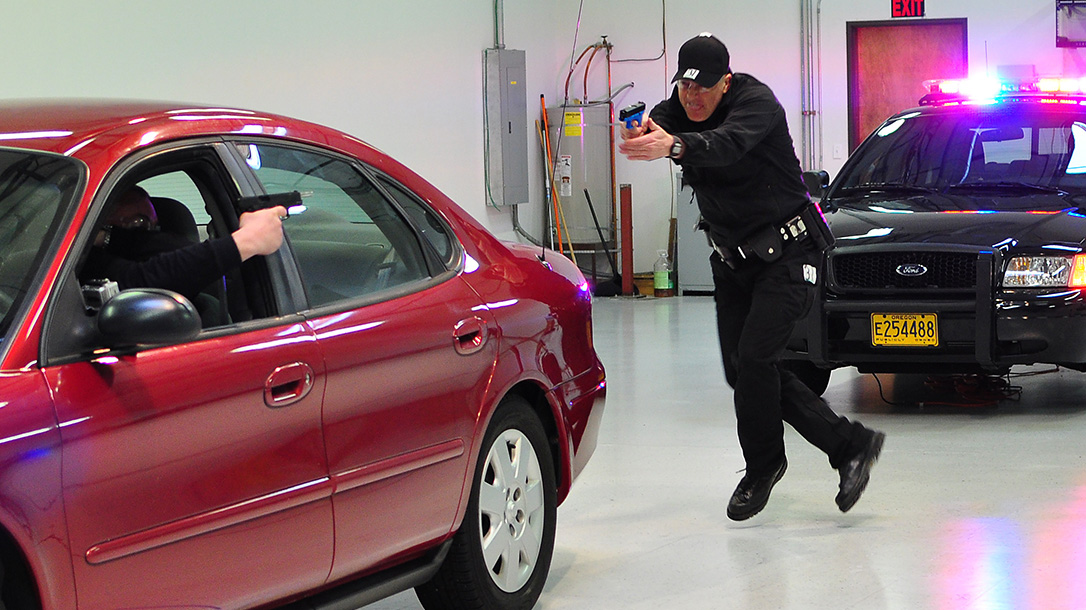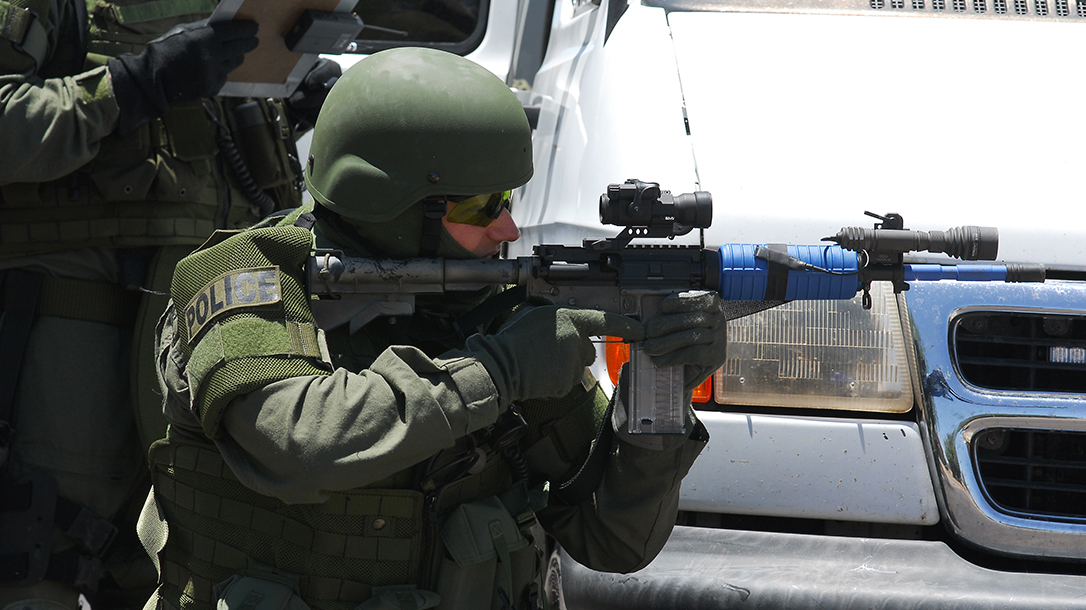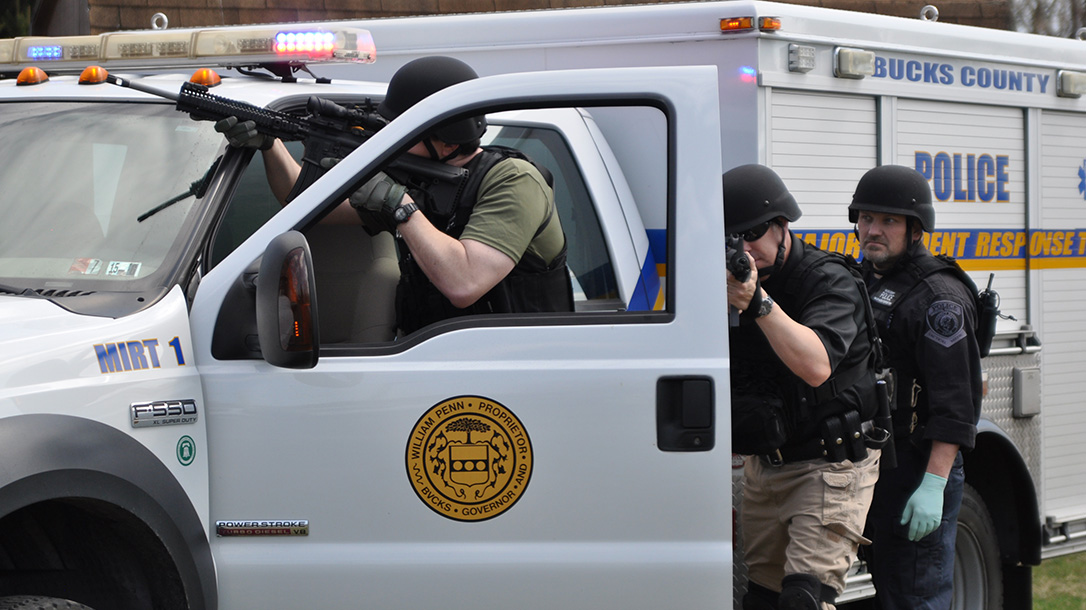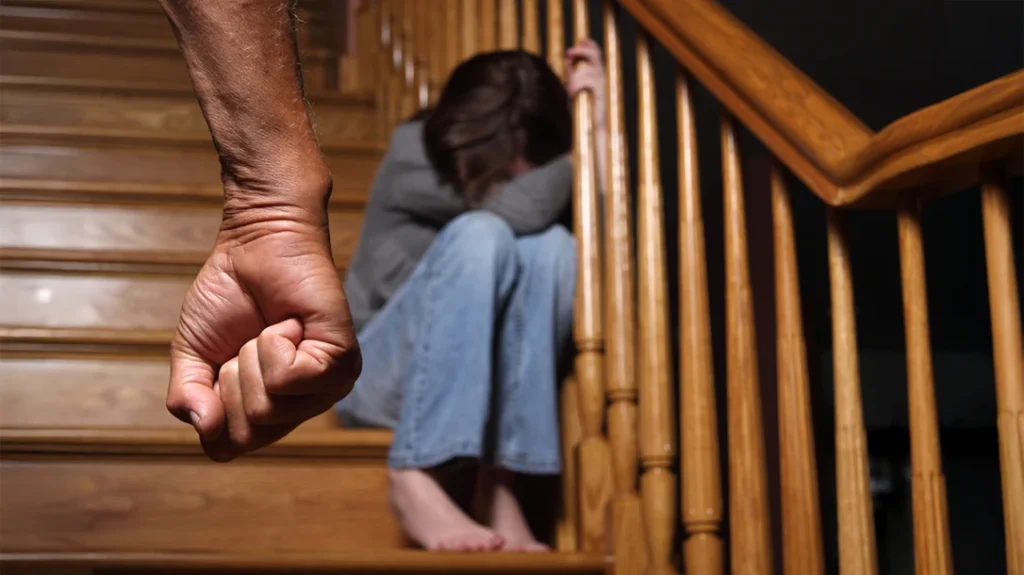A police shooting is more of an exact science than most think.
Two men stand and face each other. One with an intent to do good the other with the intent to do harm. Within seconds, “Pop, pop, pop” — the sound of gunfire erupts and in the blink of an eye, it’s all over. Gun casings litter the ground and the smell of gunpowder wafts through the air. Inevitably, one or both of the men are lying on the ground wounded, if not worse.
Advertisement — Continue Reading Below
In San Francisco, the news runs with “65 shots in 15 seconds.” In New York City, it’s “28 shots fired in two incidents,” including one of them being the knife-wielding suspect by the Empire State Building with bystanders hit by “stray bullets.”
As the crime scene tape unfolds and the investigation begins, so does the questioning and “Monday morning quarterbacking.” The public, politicians and media all ask why? Why did you have to shoot so many bullets?
Thankfully, whether or not people want to believe them, these days science answers many of those questions. The science shows that these answers lie in human dynamics, reaction times and overall performance.
Advertisement — Continue Reading Below
Return Fire
When it comes to reaction time, law enforcement officers are often behind the curve. Studies have shown that even the best trained officer’s reaction time to a threat was around 0.39 seconds. Meanwhile, a suspect was able to fire at the officer in just 0.38 seconds.
It sounds like a minor difference, but with a trigger pull, that means the rounds are already coming at the officer when they return fire.
Once that mechanism of returning fire begins, a law enforcement offices primary focus becomes surviving the threat.
Advertisement — Continue Reading Below
Traditional law enforcement training focuses on shooting multiple times to stop a threat. Why? Because multiple studies show, especially with a handgun round, that suspects shot one time often survive and continue to fight.
Caliber Damage
Dr. Sydney Vail, a trauma surgeon and a tactical medical specialist wrote:
“I have seen a .22 caliber bullet completely incapacitate someone and a .45 ACP fail to achieve that result. People and animals shot with 10mm rounds and .357 SIG rounds have continued to run from the police. I have been on scene as a tactical medical provider when a suicidal person shot himself in the head with a .45 Colt round resulting in instant death. And I have seen the same results in suicides that used smaller calibers, including .22, .25, and .32. I have also seen people hit with 9mm, .40, and .45 without so much as staggering or slowing their verbal or physical activities.”
Advertisement — Continue Reading Below
Missing Shots
Unlike most of the public, law enforcement officers know and appreciate this. They also understand that in many cases, even when they shoot, they may not hit what they are shooting at.
According to a New York Times article, “In many police shootings, stray shots are almost inevitable; a study based on New York’s annual firearms discharge reports indicated that officers hit their targets 34 percent of the time. It’s a tense situation, people are scared and moving. It’s not like the movies, where you can shoot the gun out of his hand.”
This means officers are only hitting their target about one-thrird of the time due to the stress and fast moving incident.
Advertisement — Continue Reading Below
What They Hear
Another natural phenomena during a police shooting is the acoustic effects of gunfire.
The explosion, concussive blast, shockwave and ricochets have led many law enforcement officers and others to believe that more shots are being fired than actually are and from multiple directions. This has led many officers and witnesses to give statements of multiple shooters in almost every deadly force incident.
Advertisement — Continue Reading Below
For a law enforcement officer, these factors put them at a distinct disadvantage during a deadly force incident. It’s also disheartening that when someone is shooting at you, you shoot back and see no effect.
What Science Says
To drill down on this more, the Force Science Institute documents the following factors as to why it’s difficult for police to stop shooting during a deadly force incident.
First, the stop-and-go processes in the brain seem to operate independently of each other. So the cognitive process to stop is racing against the cognitive process to go. This makes it tough for the brain to switch gears when under stress.
Advertisement — Continue Reading Below
Second, the longer the delay between the onset of the go stimulus and the onset of the stop stimulus, the harder it is to stop. Theoretically, for police officers, the more rounds they continuously fire, the harder it becomes to stop that reaction. Thusly, the time frame before they can stop increase. It’s sort of like when an object gets moving up to full speed, it takes time to slow it back down.
Finally, when you are asked to respond to more than one stimulus at a time, the reaction time to the second stimulus will be slower than if they both had been independently presented. Officers who are both shooting and assessing will likely give more concentration and attention to one aspect over the other.
Police Shooting: Final Thoughts
When a law enforcement officers shoots, it’s often for good reason. When they shoot, it’s meant to stop a threat. It’s meant to minimize a threat to the rest of the public. It would be helpful if instead of focusing on the number of rounds fired, critics focus on the number of lives saved.
Advertisement — Continue Reading Below


























